Bob Lutz Myth #11: Lutz Hates Car Design Clinics
Ed’s outstanding editorial largely disproved ten widely believed myths about Bob Lutz based on their candid interview. But my favorite Lutz myth apparently didn’t pop up in their wide-ranging discussion: that Lutz believes in designing cars from the gut, and opposes testing potential designs with representative car buyers in clinics.
You’ll often read that boring, even bad designs are the way they are because of clinics. Clinics have been blamed for the Edsel, the Aztek, and myriad other car design failures over the past half-century. Touted as the superior alternative: the golden gut, with Lutz as poster boy. The reality from Lutz’s new book, Car Guys vs. Bean Counters: the Battle for the Soul of American Business: he has found clinics to be an excellent indicator of a design’s future potential and firmly believes in their use.
This wasn’t news to me. Lutz’s 1998 book, Guts, includes as the first of its seven “immutable laws of business” that “the customer isn’t always right.” To whit, survey results are often misleading and, at a minimum, require careful interpretation. Lutz enthusiastically notes about the Viper, “We didn’t do any research at all—we just did it!” But not long after that book was published I interviewed Chrysler’s head of market research as part of the work for my Ph.D. thesis. He told a different story. While Lutz is most famous for the Viper, his most profitable successes while at Chrysler were the far more practical, far less flashy minivans and Jeep Grand Cherokee. These vehicles were based on extensive research. Even with Lutz heavily involved, the Viper was the exception, not the rule. (See Ed’s Myth where Lutz claimed to get equally excited about both sorts of products.)
When Lutz took charge of GM’s new product development in 2001 I was still in touch with people inside GM’s design analysis and market research groups. They were fearful that Lutz would cut them way back or even shut them down entirely, based on his popular reputation. I told them they had nothing to worry about as long as GM got the actual Lutz and not the one that occupied the popular imagination. Lutz was against the mechanical use of market research and other data, but firmly believed in clinics as a tool to inform decision-makers’ judgment.
Which brings us to Car Guys. Before rejoining GM as a senior executive, Lutz had assumed that poorly conducted research must be to blame for the unattractive styling of many GM cars. But this wasn’t what he actually found. As he recounts, “To my surprise, I found GM’s research methodology to be excellent, much like that used to great success by Chrysler, and in some ways even superior.” The actual problem: “a general disdain for consumer input.” GM executives were disregarding clinic scores that were mediocre at best, and that were often awful. Vehicles like the Aztek were approved despite failing in clinics because revisions would require missing critical time and costs targets. The Vehicle Line Executives (VLEs) chose a probable future failure in the marketplace over a certain immediate failure to achieve their goals.
Lutz put an end to these practices. Designers’ passions and creativity are essential to creating beautiful cars, and Lutz did what he could to free them. But he also required that every design win its clinic by “a substantial margin” to get approved. Designs with merely decent (or worse) scores were revised, even if this or that gut suggested that the clinic results were wrong, and even if this made the project late and over budget. As is often the case, there isn’t a correct choice between “right brain” guts and “left brain” clinic scores. Successful cars follow from the proper combination of the two.
Michael Karesh lives in West Bloomfield, Michigan, with his wife and three children. In 2003 he received a Ph.D. from the University of Chicago. While in Chicago he worked at the National Opinion Research Center, a leader in the field of survey research. For his doctoral thesis, he spent a year-and-a-half inside an automaker studying how and how well it understood consumers when developing new products. While pursuing the degree he taught consumer behavior and product development at Oakland University. Since 1999, he has contributed auto reviews to Epinions, where he is currently one of two people in charge of the autos section. Since earning the degree he has continued to care for his children (school, gymnastics, tae-kwan-do...) and write reviews for Epinions and, more recently, The Truth About Cars while developing TrueDelta, a vehicle reliability and price comparison site.
More by Michael Karesh
Latest Car Reviews
Read moreLatest Product Reviews
Read moreRecent Comments
- GregLocock Not as my primary vehicle no, although like all the rich people who are currently subsidised by poor people, I'd buy one as a runabout for town.
- Jalop1991 is this anything like a cheap high end German car?
- HotRod Not me personally, but yes - lower prices will dramatically increase the EV's appeal.
- Slavuta "the price isn’t terrible by current EV standards, starting at $47,200"Not terrible for a new Toyota model. But for a Vietnamese no-name, this is terrible.
- Slavuta This is catch22 for me. I would take RAV4 for the powertrain alone. And I wouldn't take it for the same thing. Engines have history of issues and transmission shifts like glass. So, the advantage over hard-working 1.5 is lost.My answer is simple - CX5. This is Japan built, excellent car which has only one shortage - the trunk space.


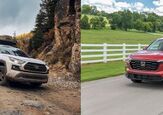
















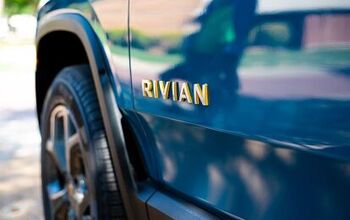
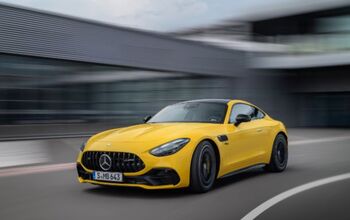
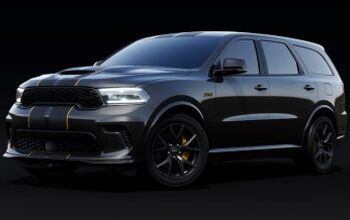
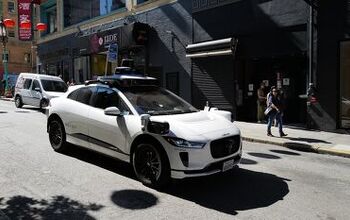


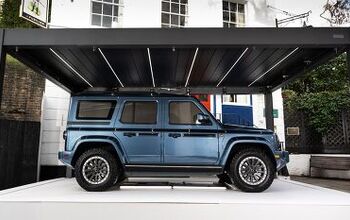

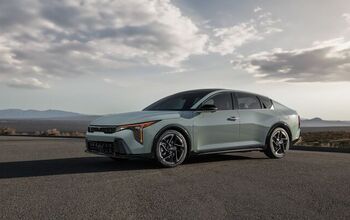
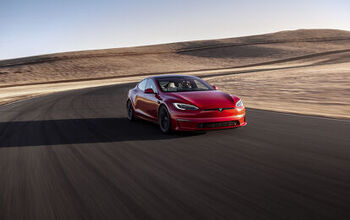

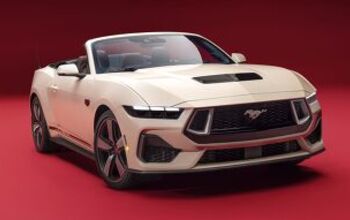
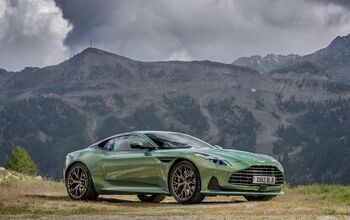
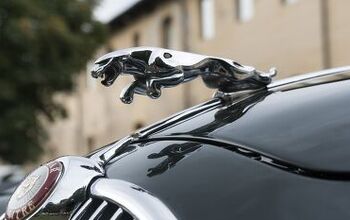
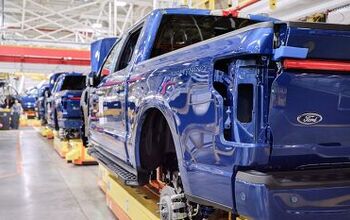
Comments
Join the conversation
"Just doing the Viper" was the least risky of any "we just did it" exercise. I'm not impressed. It was just Chrysler's Corvette; no imagination needed, really. For such a low volume car, there's always a market with the expendable-money crowd if it's fast and nice looking, at least in the first few years. till the reputation catches up with it. The Aztek was much more of a risk, as it was intended to price and sell like a mainstream model. GM was too full of executive ass-kissers to halt a bad idea, or bad design. Even when the Azteks were in production, I thought it was nice to see an attempt at it, and not just another rounded, bar of soap, Japan-imitator.
I've been reading since fargo. I rarely comment. But this whole lutz thing just stinks. A big check clear from his book or something?